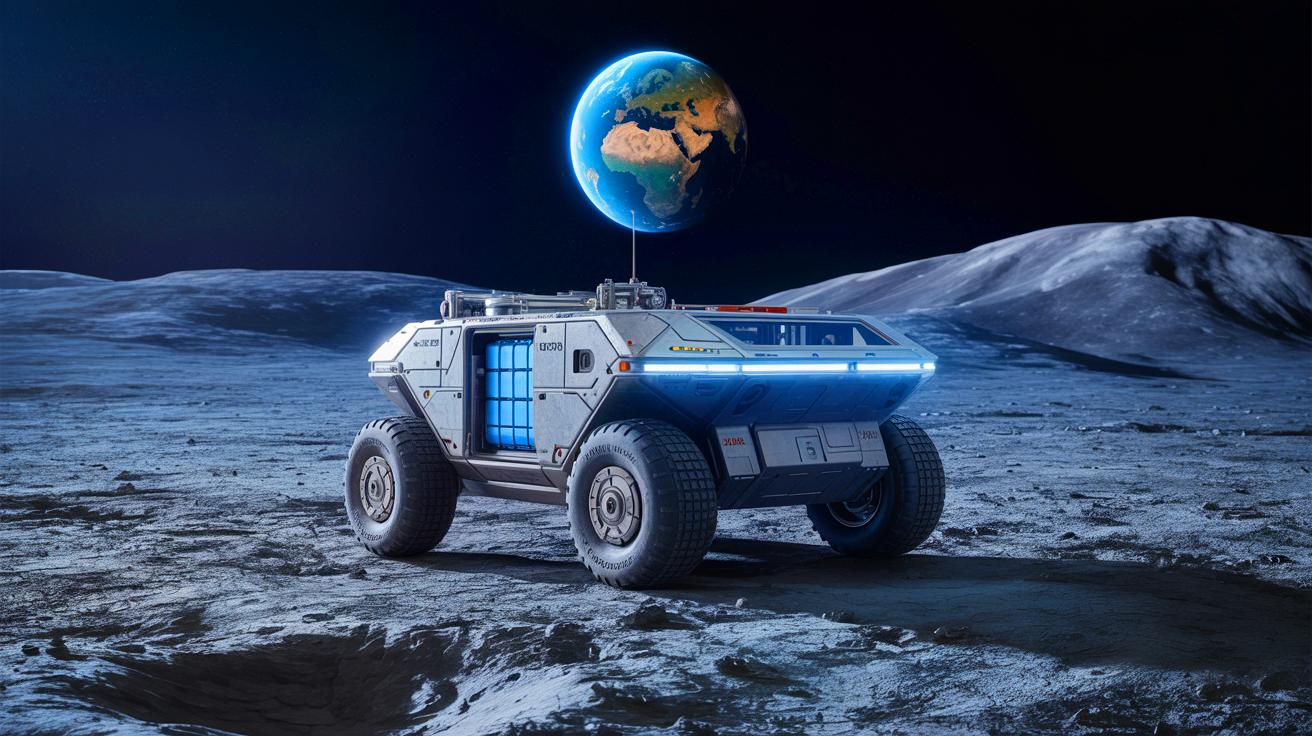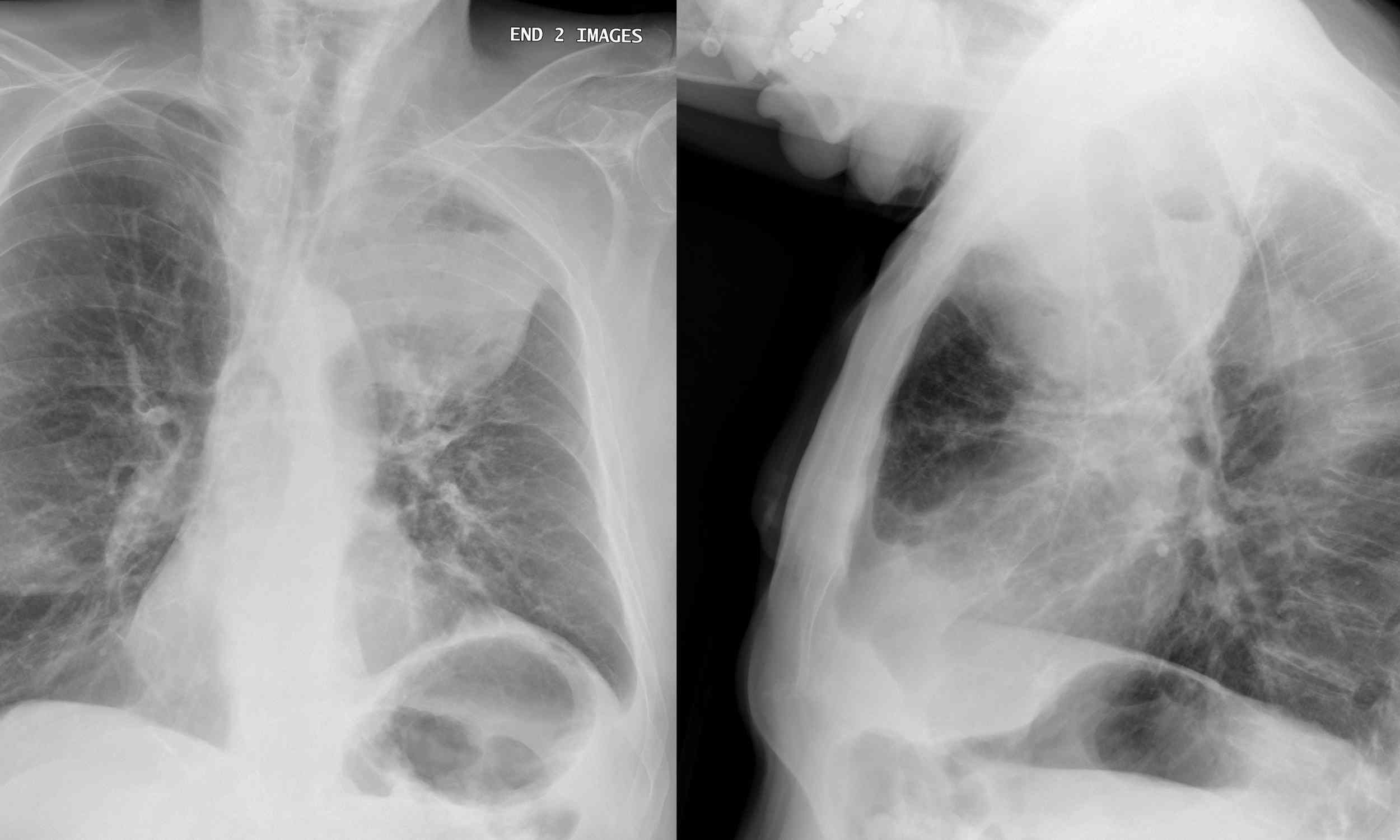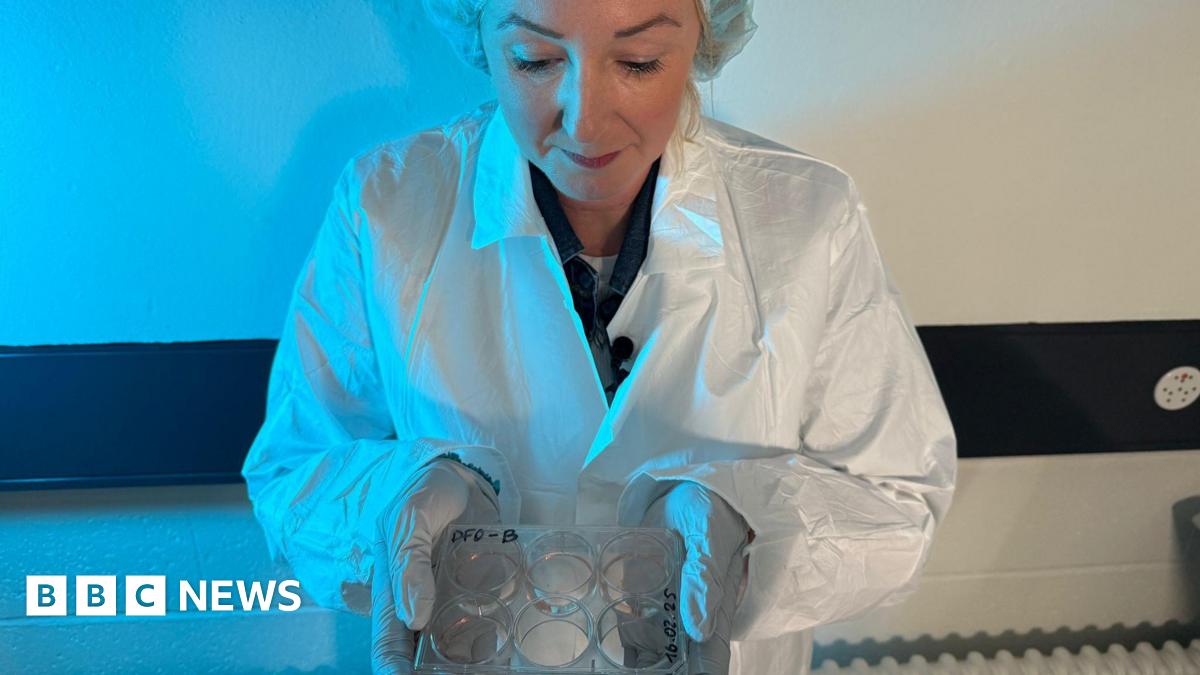Revolutionary Concrete Can Power Your Home—Is This the Future of Energy Storage?

Imagine if the concrete that builds our cities could also power them. It sounds like science fiction, but researchers at MIT are turning this dream into reality with their groundbreaking electron-conducting carbon concrete, known as ec³ (pronounced 'e-c-cubed'). This innovative material not only strengthens our infrastructure but could also store and release electrical energy, effectively transforming everyday structures into massive batteries.
By blending cement, water, ultra-fine carbon black, and electrolytes, ec³ creates a conductive 'nanonetwork' within the concrete. This fascinating discovery means that sidewalks, walls, and bridges could double as energy storage systems. When pressure is applied to these structures, they can power devices like LEDs, proving that they can monitor their own health in real time.
In a recent PNAS study, MIT researchers announced enhancements in the energy storage capability of ec³ supercapacitors, increasing their efficiency dramatically. Where a typical home once required 45 cubic meters of ec³ to meet daily energy needs—about the size of a standard basement—now only five cubic meters suffices. This is a game-changing development in sustainable construction.
Admir Masic, co-director of the MIT Electron-Conducting Carbon-Cement-Based Materials Hub, emphasized that 'multifunctional concrete' is key to sustainability. By merging functionalities such as energy storage, self-healing, and carbon sequestration, concrete can evolve into a material that not only builds but also sustains our energy future.
The researchers achieved these advancements by harnessing the power of nanotechnology. They meticulously studied how the carbon network within ec³ interacts with electrolytes and experimented with various electrolyte compositions, some even derived from seawater. This versatility opens doors for ec³ applications in coastal areas, such as supporting offshore wind farms. The prototype can be as simple as using porous separators soaked in organic electrolytes, resulting in a material that can store enough energy to power a refrigerator for a day.
While traditional batteries boast higher energy density, ec³ can be seamlessly integrated into various architectural elements—think walls, domes, and even vaults—allowing structures to provide energy for as long as they exist. According to Masic, if we replicate the ingenuity of ancient Roman architecture, we could usher in a new era of construction that embraces both durability and functionality.
Recent tests demonstrated that when tension on an ec³ arch increased, the light it powered flickered, suggesting a potential capacity for self-monitoring under stress. This innovation could allow us to assess the health of our buildings in real time, indicating when they’re under strain from factors like high winds.
As this technology progresses, the potential applications are limitless. Already, ec³ has been put to use to heat footpath slabs in Sapporo, Japan, presenting an alternative to salt in icy conditions. With its capacity for energy storage and distribution, ec³ could revolutionize how we approach renewable energy, especially for homes that are off the grid. The research team sees future applications in electric vehicle charging roads and energy-independent homes, which could reshape our energy landscape.
As James Weaver, a co-author and associate professor at Cornell University, stated, 'By merging modern nanoscience with an ancient building block of civilization, we’re opening a door to infrastructure that doesn’t just support our lives; it powers them.'


















